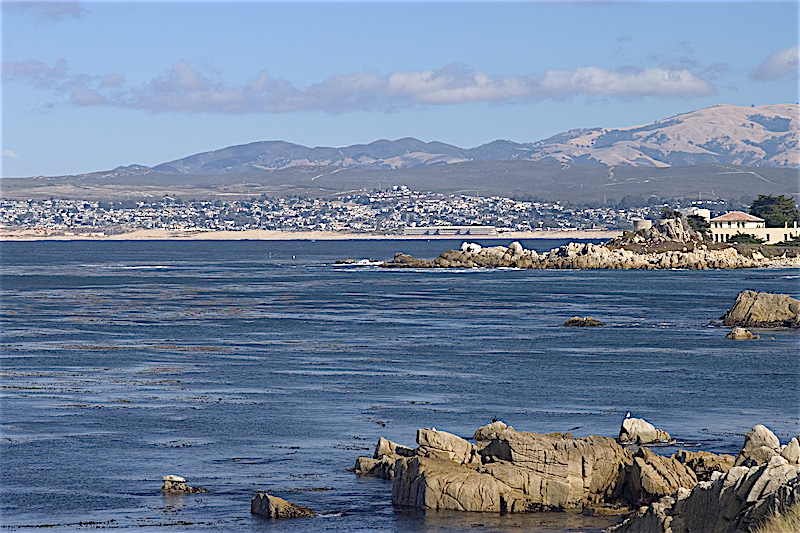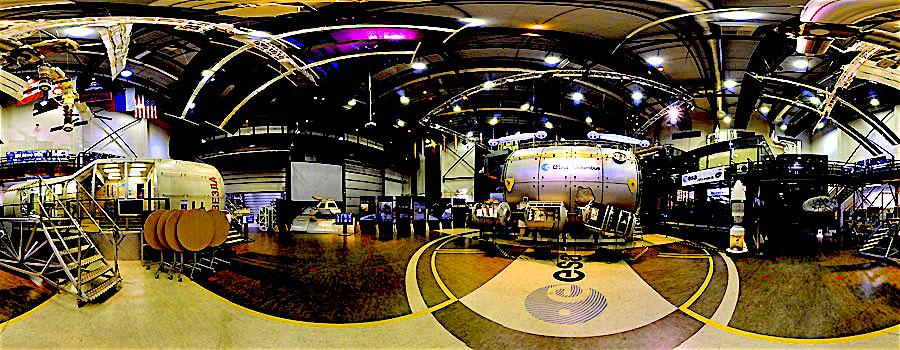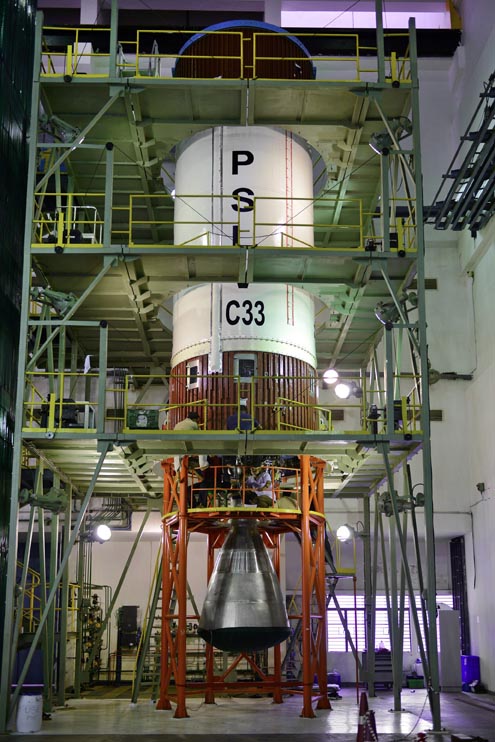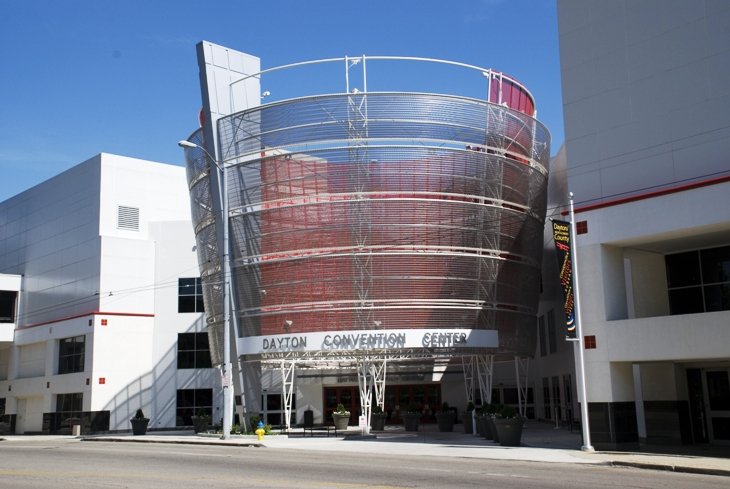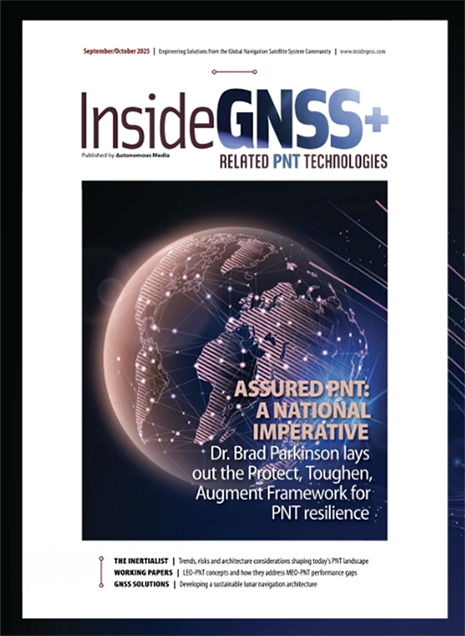Homeland Security, PNT ExCom Move on Backing Up GPS
 Harold “Stormy” Martin, director NCO for Space-Based PNT
Harold “Stormy” Martin, director NCO for Space-Based PNTThe Department of Homeland Security (DHS) is moving forward to establish a backup for the position, navigation, and timing (PNT) information provided by GPS. This month the agency assumed the lead in a yearlong effort to specifically define the requirements for an alternative source of timing information to and released a solicitation for research to help protect critical infrastructure from timing disruption or spoofing.
By Inside GNSS

